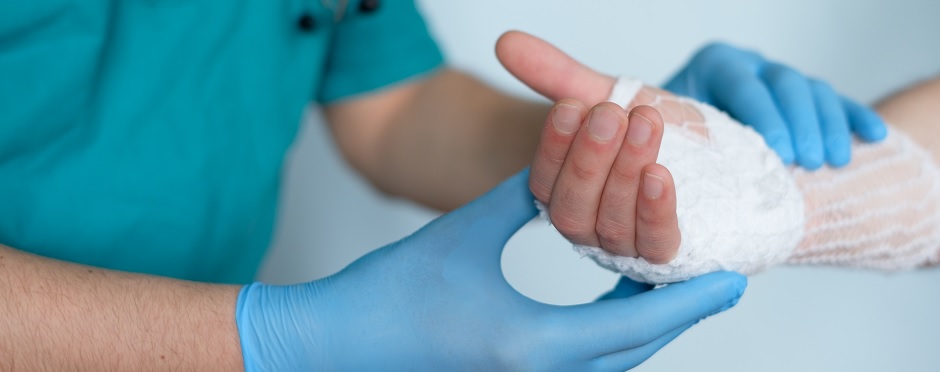
6 Tips to Prepare for an Upcoming Hand or Arm Surgery
Leave a CommentHave you ever broken your wrist slipping on ice or possibly jammed a finger playing sports? Maybe you have cut yourself while cooking an amazing meal. Unfortunately these things happen and in some cases you may require surgery to fix it. Having surgery on your hand or upper extremity can be very overwhelming and nerve wracking, however there are things that you can do to prepare yourself to make the recovery process easier. Below is a list of tips and tricks to keep in mind in the days before your surgery:
1. Transportation
Since your affected hand or arm will likely be immobilized for at least a few days following surgery, you will need to arrange methods of transportation for yourself that don’t involve you driving. Before your surgery, arrange to take public transportation, ridesharing, or having a friend or family member drive you in order to get to and from surgery safely.
2. Clothing
Surgical bandages, casts and splints are often very bulky and cumbersome, making it difficult to get shirts and jackets on. Prior to your surgery, you should gather some shirts and jackets that are loose fitting, with wider sleeves that will be easier to get on over the post-operative dressing.
3. Meals
Many meal preparation tasks require the use of both arms, such as chopping, opening containers, stirring and measuring ingredients. Therefore, it may be very challenging to do these things after your surgery. Before your surgery, plan your meals for the week following your surgery, to ensure you are getting the nutrients you need to assist your body with the healing process.
4. Optimizing Mobility
When people have surgery on their arm, many people develop what we refer to as “guarded posture” in the weeks following surgery. Due to sling use, individuals may hold the arm against their body in order to protect it. Guarded posture can lead to poor posture and an increase in upper extremity stiffness, especially in the shoulder. To prevent this, make sure to keep the unaffected joints moving before and after surgery, in order to promote good blood flow and to prevent losing any mobility of the arm.
5. Bathing and Grooming
Make sure you have a system in place for bathing after surgery. You will likely be required to cover your surgical site so it remains dry while bathing. Reusable cast covers can be purchased at most drug stores or online retailers, which are easy to put on/off with one arm. In addition, complete a practice run of your showering strategy prior to surgery to make the process as smooth and painless as possible while doing so safely.
6. Prehabilitation
Preoperative rehabilitation (prehab) may be a consideration for you, depending on the surgical procedure you are having done. Prehab is a form of physical or occupational therapy that aims to optimize a patient’s physical, nutritional and psychological wellness to prepare them for surgery and expedite their recovery time. Prehab may involve improving range of motion of the involved and uninvolved structures to prevent stiffness following surgery, postural education, nutritional education, and strengthening to prevent atrophy of supporting structures to reduce pain and weakness.
Interested in learning more about what you can do to prepare yourself for surgery? Visit an Athletico near you to consult a skilled Occupational Therapist about specific exercises and steps to take before and after your surgery!
The Athletico blog is an educational resource written by Athletico employees. Athletico bloggers are licensed professionals who abide by the code of ethics outlined by their respective professional associations. The content published in blog posts represents the opinion of the individual author based on their expertise and experience. The content provided in this blog is for informational purposes only, does not constitute medical advice and should not be relied on for making personal health decisions.
